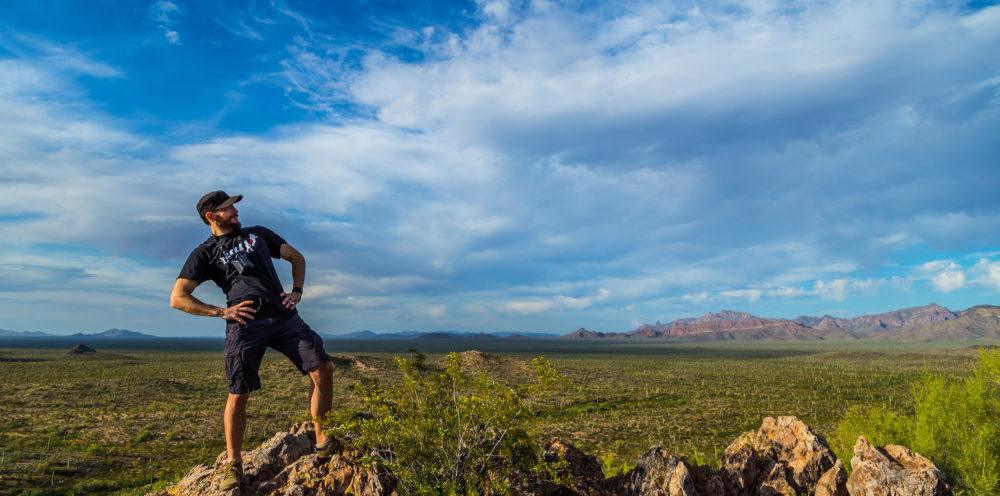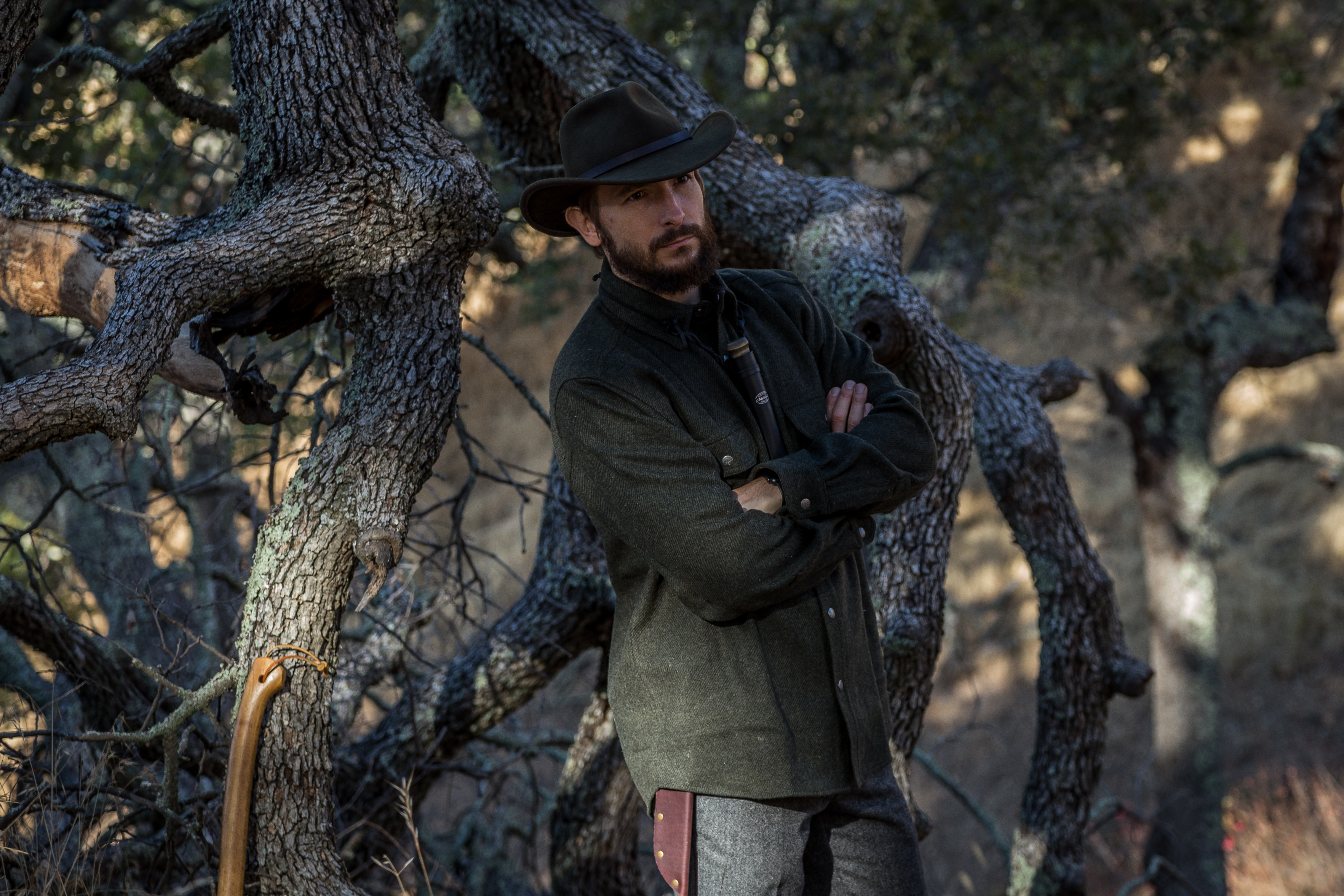 So little time, so much to do.
So little time, so much to do.
The fabrics are here but there’s still sewing. The backpack, the tarp and raincoat…
Then, there’s still food to take care of as well as weapons and tools.
Well, at least the clothes are ready. Most of it is pure or almost pure wool, except for one cotton t-shirt, a pair of cotton underpants and two pairs of shoes – moose-hide moccasins and leather paleo sandals.
Of course, unless we’re prepared to spend hundreds and hundreds of dollars, it’s nearly impossible to avoid modern materials altogether. That’s why we decided that whenever there’s just a small thing, which doesn’t really give us any advantage, and replacing it would be highly impractical and expensive, it can stay.
So inevitably, there’ll be some small pieces of plastic here and there. For example shirt buttons. Although, I think I’ll replace them with wooden and/or antler ones when I have more time.
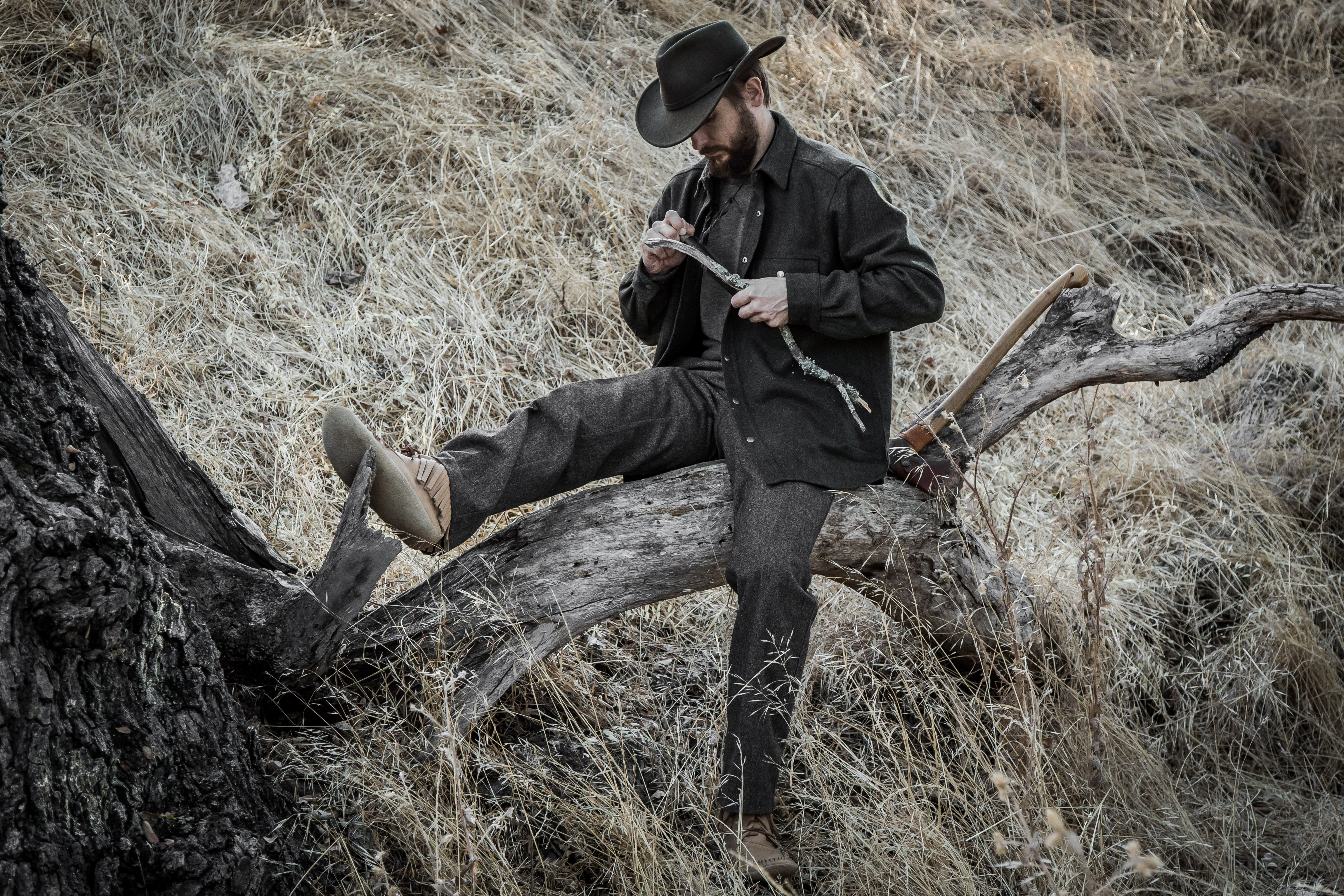 Thin rubber soles under the shoes… Well, technically rubber has been around for centuries. Admittedly, it was a different kind of rubber but that is exactly one of the things we don’t want to be hampered by. Especially that it makes almost no difference, either practical nor aesthetic.
Thin rubber soles under the shoes… Well, technically rubber has been around for centuries. Admittedly, it was a different kind of rubber but that is exactly one of the things we don’t want to be hampered by. Especially that it makes almost no difference, either practical nor aesthetic.
And last but definitely not least. The strength and conditioning part of the preparation. This isn’t one of my ultralight trips so literally everything needs to change. Including my bodyweight, which has to go up a bit. I’m expecting my full pack to weigh around 70 lb. This is over 42% of my current body weight. Not the best ratio.
 So apart from eating more, which is the best part of it, I started hiking steep hills with a giant backpack filled with kettlebells and dumbbells. So far, I can tell you what distance I’m not comfortable with. Seven miles seems to be my breaking point. I could technically still walk after that but it wasn’t graceful and I sure didn’t feel like doing it again the day after.
So apart from eating more, which is the best part of it, I started hiking steep hills with a giant backpack filled with kettlebells and dumbbells. So far, I can tell you what distance I’m not comfortable with. Seven miles seems to be my breaking point. I could technically still walk after that but it wasn’t graceful and I sure didn’t feel like doing it again the day after.
Unfortunately, I don’t think I’ll be able to test-hike in the bushcraft clothes before leaving. It is simply way too hot for that down here.


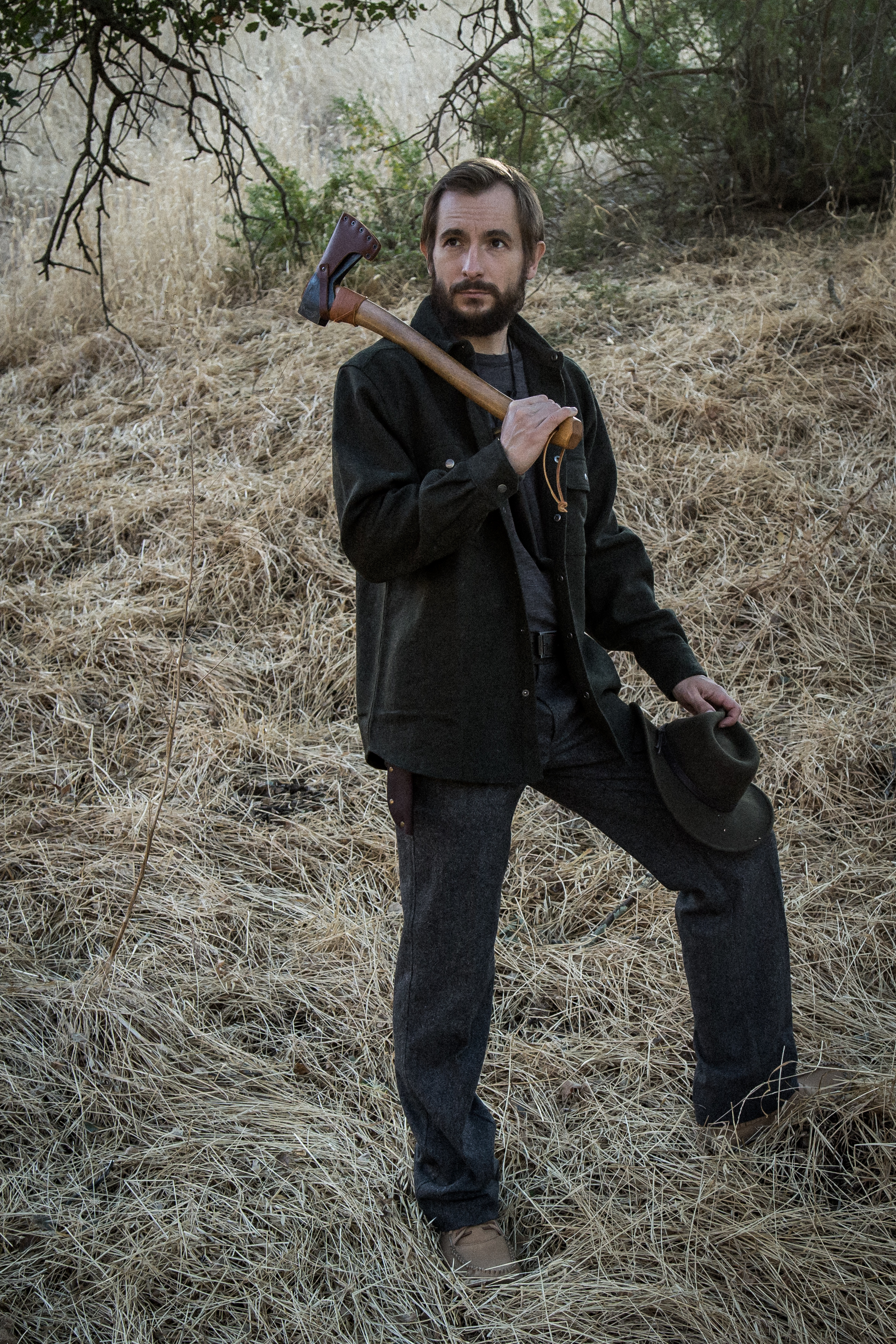 Tak mało czasu, a wciąż tyle do zrobienia.
Tak mało czasu, a wciąż tyle do zrobienia.
Materiały już mam ale zostało jeszcze szycie. Plecak, tarp i płaszcz przeciwdeszczowy…
Trzeba się również zająć jedzeniem, bronią i narzędziami.
Dobrze, że chociaż ubrania są gotowe. Większość z nich to czysta lub prawie czysta wełna, z wyjątkiem jednej bawełnianej koszulki, pary bawełnianych majtek i dwóch par butów – mokasynów z łosiowej skóry i skórzanych sandałów.
Oczywiście, jeśli nie chcemy wydać jakichś kosmicznych pieniędzy, to całkowite uniknięcie nowoczesnych materiałów jest prawie niemożliwe. Dlatego zdecydowaliśmy, że w wypadku drobnych elementów, które nie dają żadne konkretnej przewagi, a zastąpienie ich byłoby bardzo niepraktyczne i drogie, przymykamy oko.
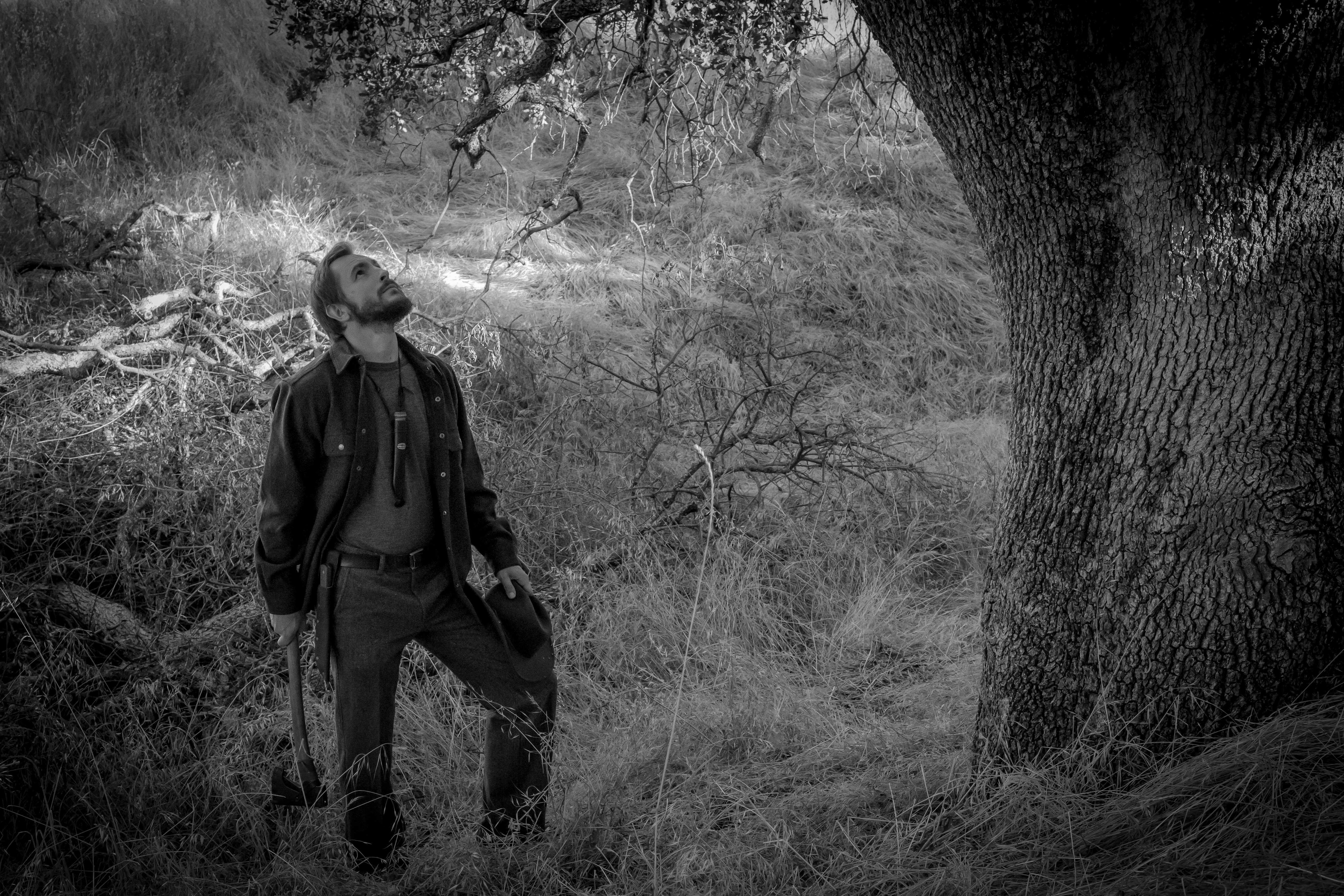 Dlatego znajdą się czasem jakieś małe kawałki plastiku tu i tam. Na przykład guziki koszuli. Chociaż myślę, że zastąpię je drewnianymi lub wykonanymi z poroża, kiedy będę miał więcej czasu.
Dlatego znajdą się czasem jakieś małe kawałki plastiku tu i tam. Na przykład guziki koszuli. Chociaż myślę, że zastąpię je drewnianymi lub wykonanymi z poroża, kiedy będę miał więcej czasu.
Cienkie gumowe podeszwy pod butami… cóż, technicznie gumy używa się od wieków. Co prawda był inny rodzaj gumy, ale to jest dokładnie jedna z tych rzeczy, którymi nie chcemy sobie niepotrzebnie utrudniać życia. Zwłaszcza, że nie robi to żadnej różnicy, ani praktycznej, ani estetycznej.
No i oczywiście przygotowanie fizyczne/kondycyjne. Nie będzie to jedna z moich ultralekkich wycieczek więc dosłownie wszystko będzie wyglądało inaczej i wiele w moim podejściu musi się zmienić. Włączając w to moją masę ciała, która jest w tej chwili za niska. Spodziewam się, że pełny plecak na tą wyprawę będzie ważył ok 32 kg. To ponad 42% mojej obecnej wagi. Nie jest to najlepszy stosunek wagowy.
Oprócz obżerania się, co jest akurat dość przyjemnym elementem przygotowań, zacząłem łazić po stromych wzgórzach z wielkim plecakiem, pełnym żelaztwa. Jak na razie, mogę jedynie stwierdzić z jaką odległością nie czuję się komfortowo. Dwanaście kilometrów wydaje się być moim rozsądnym maksimum. W prawdzie mogłem dalej jeszcze chodzić ale nie wyglądało to zgrabnie i z pewnością nie miałbym ochoty powtórzyć tego następnego dnia.
Niestety wydaje mi się, że nie będę w stanie zrobić testu w ubraniu bushcraftowym przed wyjazdem. Jest tu po prostu stanowczo za gorąco.
 So little time, so much to do.
So little time, so much to do. Thin rubber soles under the shoes… Well, technically rubber has been around for centuries. Admittedly, it was a different kind of rubber but that is exactly one of the things we don’t want to be hampered by. Especially that it makes almost no difference, either practical nor aesthetic.
Thin rubber soles under the shoes… Well, technically rubber has been around for centuries. Admittedly, it was a different kind of rubber but that is exactly one of the things we don’t want to be hampered by. Especially that it makes almost no difference, either practical nor aesthetic. So apart from eating more, which is the best part of it, I started hiking steep hills with a giant backpack filled with kettlebells and dumbbells. So far, I can tell you what distance I’m not comfortable with. Seven miles seems to be my breaking point. I could technically still walk after that but it wasn’t graceful and I sure didn’t feel like doing it again the day after.
So apart from eating more, which is the best part of it, I started hiking steep hills with a giant backpack filled with kettlebells and dumbbells. So far, I can tell you what distance I’m not comfortable with. Seven miles seems to be my breaking point. I could technically still walk after that but it wasn’t graceful and I sure didn’t feel like doing it again the day after.